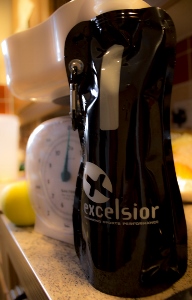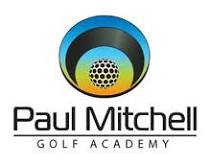Main Menu
Latest Blog Entry
User login
Walk before you run, sports nutrition guide: Andrew Hamilton
If I had a quid for every time I’ve been asked ‘”What’s the best supplement to  take for performance?” I’d be a rich man!
take for performance?” I’d be a rich man!
To some extent, the confusion over sports nutrition is understandable; at its cutting edge, nutrition is a complex and constantly evolving science involving huge numbers of variables and sometimes it’s hard to see the wood for the trees.
Probably the most common mistake people make when planning out their nutrition is to worry about supplements such as exotic sports drinks and creatine before putting the fundamental building blocks in place. It’s a bit like a cyclist agonising over whether to shave a few grams of weight by splashing out £200 on super-light carbon fibre pedals shoes while still carrying a spare tyre of excess body fat round the waist!
Getting started
A good way to develop a successful nutrition strategy is to think in terms of a ‘hierarchy of nutritional needs’. You can think of this as a pyramid, with the widest layer at the base representing the most fundamental dietary needs and successive layers above representing progressively more specialised needs.
However, these more specialised needs should only be considered once the (more basic) layers below have been put in place.
 At the base of the pyramid, the most fundamental layer is about ensuring your overall diet is healthy, with ample carbohydrate and fluid to support your training needs and enough high quality protein for recovery and muscle growth as well as plenty of vitamins and minerals (see here if you need guidance).
At the base of the pyramid, the most fundamental layer is about ensuring your overall diet is healthy, with ample carbohydrate and fluid to support your training needs and enough high quality protein for recovery and muscle growth as well as plenty of vitamins and minerals (see here if you need guidance).
The next layer up is about tweaking your day-to-day diet to help your body resist illness and breakdown.
This is achieved by ensuring that your plentiful fruit and vegetable intake emphasises those particularly rich in antioxidants (to counter the ‘oxidative stress’ that intense exercise can produce in the cells of the body). A
Also ensure you consume plenty of health- giving omega-3 oils.
With levels 1 and 2 in place, you’re ready to start attending to the nitty-gritty of sports nutrition.
However, before you reach for a tub of sports drink or similar, you need to think about something more fundamental – manipulating your basic diet to optimise fluid intake for optimum hydration and carbohydrate intake for energy.
It’s only when these first three layers are in place that you should consider thinking about level 4 (consuming sports drinks such as energy, recovery, weight gain etc) or the top tier (supplements like creatine, beta-alanine etc.). Remember, sport is just like life – learn to walk before you run!
Andrew Hamilton BSc Hons, MRSC, ACSM is a member of the Royal Society of Chemistry, the American College of Sports Medicine and a consultant to the fitness industry, specialising in sport and performance nutrition. Visit www.andrewmarkhamilton.com for more information and a library of ‘free to download’ articles
Client Testimonials
 Paul Mitchell Golf Academy
Paul Mitchell Golf Academy
With twenty plus years golf coaching experience working with all levels of golfer, I have sought after specific physical training for my more elite players. In this quest, I have worked alongside trainers who have worked with the very best golfers in the world. I can hand on heart say that James is the […]
More


Comments
[…] The first requisite when planning an athlete’s nutrition programme is to initially discount supplements and concentrate primarily on real food. […]